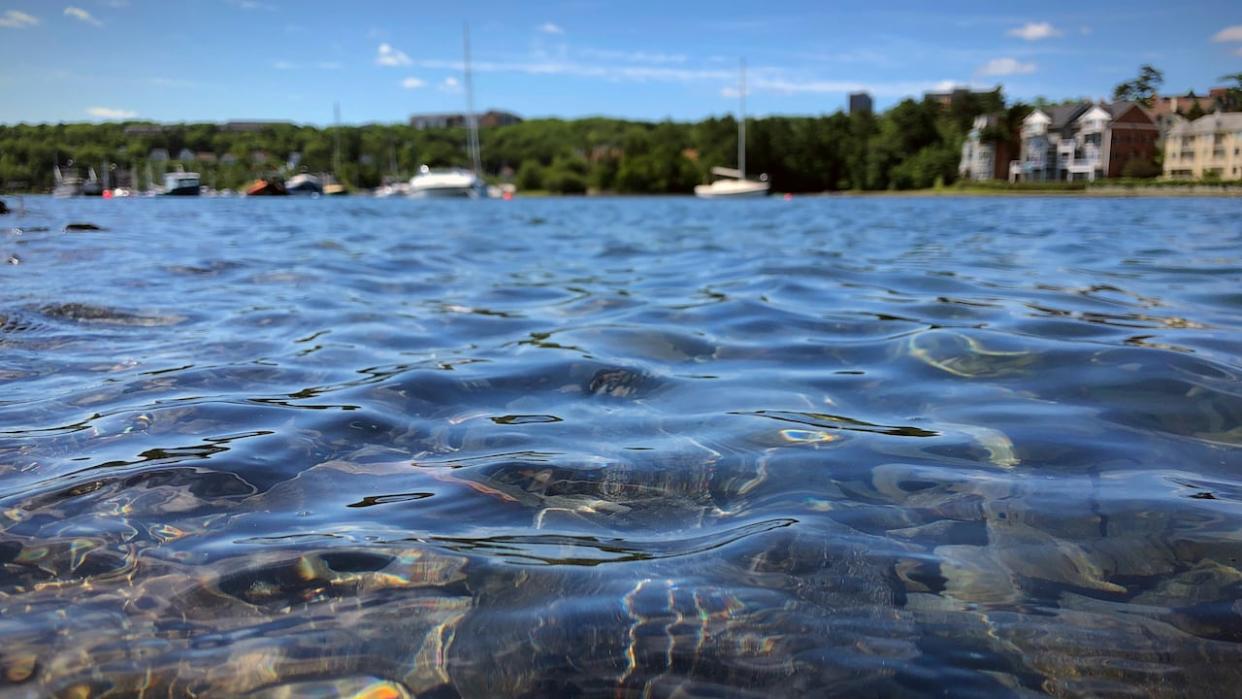Halifax restricts infilling on Northwest Arm, but some say changes could go further

Halifax's popular Northwest Arm now has stronger protections around infilling, but some say the municipality has the power to go much further.
On Tuesday evening, regional council unanimously passed amendments to multiple land-use strategies and bylaws that will restrict infilling on water lots along the Arm.
The changes mean the 155 water lots can now only be infilled for a limited number of reasons such as for public infrastructure, parks, retaining walls or historic sites.
"It's been a long time coming," said Coun. Waye Mason of Halifax South Downtown.
Mason said he's been hearing from residents on the issue for more than a decade, as many Arm residents have noticed increased infilling in recent years.

A map compiled by the Ecology Action Centre, showing all the areas of the Northwest Arm that could be infilled. (CBC)
Nearly a dozen people spoke in favour of the new restrictions at a public hearing before council Tuesday. All were concerned that about a third of the Arm could be lost if all water lots were infilled under the existing rules.
Marine consultant Greg Aikens said he has analyzed the infilling issue on the Arm. If you have less water and the same number of boats, Aikens said, "your risk of collision goes up, and therefore it's a safety issue."
Approval from Transport Canada
Participants also talked about the need to protect the space for future generations of paddlers and sailors, as many boat clubs and municipal centres offer lessons and rentals on the Arm.
"Imagine that somebody had permission, through some backdoor means, to put a driveway in the Public Gardens," said resident Michael Scott.
A staff report said HRM received a large number of emails and phone calls about the issue. Of those, 108 supported the proposed amendments, two were opposed and four didn't specify either way.
The report said the changes are possible thanks to approval from Transport Canada, which has the mandate to ensure infilling doesn't impact navigation on the water. The federal minister's office will now only approve infilling projects that fit the new land-use regulations.
'Crystal clear' legal jurisdiction
But Dalhousie University law professor, Phillip Saunders, said during the hearing that the bylaw changes are "not nearly" what Halifax has the power to do on its own.
He said the Halifax municipality has "crystal clear" legal jurisdiction over what happens with water lots that can coexist alongside provincial and federal mandates.
"The bylaw's a step forward, but it was structured to avoid this problem that doesn't exist," Saunders said after the meeting.

Phillip Saunders is a professor at Dalhousie University's law school, with a background in environmental law and law of the sea. (CBC)
Saunders said that while the new changes are better than what Halifax had before — "which was nothing" — he'd like to see a bylaw ristricting infilling the same way across the whole municipality.
"We could have taken the opportunity to go a lot further," Saunders said.
Halifax MP Andy Fillmore also attended the hearing. He said it's his view, alongside other legal observers, that "the municipality probably really does have the authority to proceed.
"But again, the municipality has to be comfortable with the way that they do this, and if they now have comfort, then I'm glad for that," he said after the meeting.
'We don't stop here'
Some councillors with coastline access said they were happy to support the changes, and the issue has opened up discussions for how to expand similar protections around the region.
Coun. Pam Lovelace said there are many similar water lots on St. Margaret's Bay in her district where she would like to see stronger infill protections, in light of the fishery activity in the area.
"I am looking forward to continuing the discussion so we don't stop here," Lovelace said.
MORE TOP STORIES


